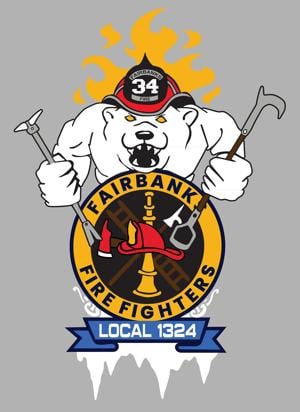An ordinance to amend the contract between the Fairbanks Firefighters Union (FFU) and the city of Fairbanks faces rejection following a recent vote by union members. This decision raises significant concerns regarding the future of the local paramedic program and the training of emergency medical technicians (EMTs).
The City Council plans to vote on the ordinance on November 13, 2023, but with the union’s rejection, its approval seems unlikely. The contract amendment stems from a new agreement approved in July 2023 after extensive negotiations. However, the arbitrated terms omitted a critical partnership that allowed students from a local paramedic school to gain essential ambulance experience through the Fairbanks Fire Department.
The new contract includes a 5% increase in preceptor pay aimed at internal training, yet it lacks provisions for student ride-along opportunities. The ordinance clearly states that without access to ride-along experiences, the paramedic program cannot sustain itself in Fairbanks.
During a recent work session, Chief of Staff Michael Sanders indicated that the council might withdraw the ordinance from the agenda, given the union’s lack of support. He expressed uncertainty about the implications for fire departments regarding the pipeline of trained paramedics and EMTs. Sanders noted the union’s request for more input on the agreement with the Community and Technical College (CTC) and better understanding of the expectations involved.
Concerns over the impact on training have been echoed by Benjamin Nance, a board member of the Interior Region EMS Council and the medical director for CTC’s paramedic program. The program requires students to complete 240 hours of field training, primarily facilitated through the Fairbanks Fire Department, which currently handles a high volume of ambulance calls. Nance described the potential loss of this training opportunity as detrimental, stating, “There is a significant human cost that we are losing our ability to train our own EMS professionals.”
Over the past few years, ambulance calls handled by the Fairbanks Fire Department have increased. Previously, the department operated only two ambulances and faced challenges with mandatory overtime and staffing shortages. Recent changes in the contract now allow for a third ambulance as needed, providing the fire chief with enhanced flexibility in staffing.
While the University of Alaska Anchorage has its own paramedic program, it is not a viable alternative for students in the Interior due to capacity constraints and impractical travel requirements. Nance emphasized that sending students outside the area for training would create further barriers, complicating the already challenging task of recruiting and retaining local paramedics.
The potential discontinuation of the partnership with CTC has caught the attention of local officials, including council member Lonny Marney. He expressed concerns about the community’s attachment to the fire department and the implications of losing such a vital training resource. “I don’t know what this will cost us if that program folds and we have to send people Outside,” he remarked.
Sanders countered that the financial impact of the partnership ending might be minimal, as CTC had not been offering favorable terms. According to the Fairbanks Fire Department, the cost of training a firefighter as a paramedic in-house can reach approximately $16,000 in tuition, along with up to $120,000 in salaries and benefits during the training period.
On November 10, just before the union’s vote, FFU President Nick Clark acknowledged the value of the training program but pointed out “glaring issues” that needed addressing. He noted that the increasing demands on firefighters to train students have become burdensome, leading to a decline in student enrollment in recent years.
The paramedic program currently has about eight students, a stark contrast to previous cohorts that have seen numbers exceeding twenty. Clark highlighted the additional burden of training students seeking various EMT certifications and those from other CTC programs.
With the ordinance set for a public hearing, Sanders confirmed that the council will still discuss it, although its future appears bleak following the union’s decision. The council meeting is scheduled for 18:30 at Fairbanks City Hall, located at 800 Cushman Street.
As the situation develops, stakeholders are left to navigate the repercussions of this decision on the future of emergency medical services in Fairbanks and beyond.
